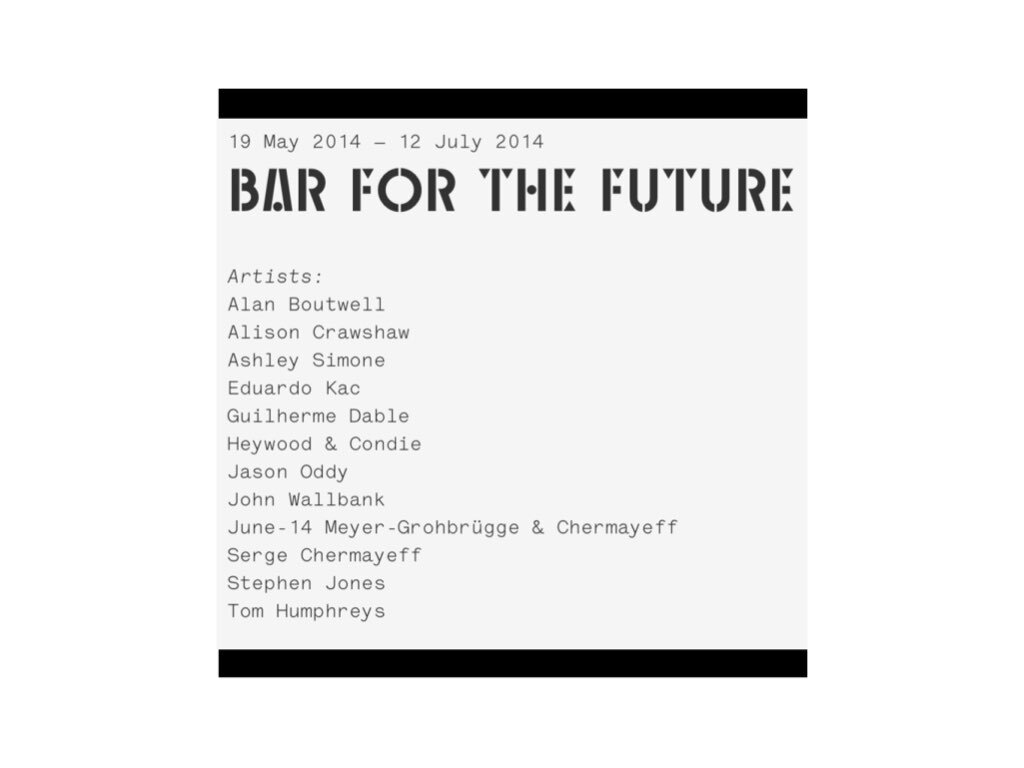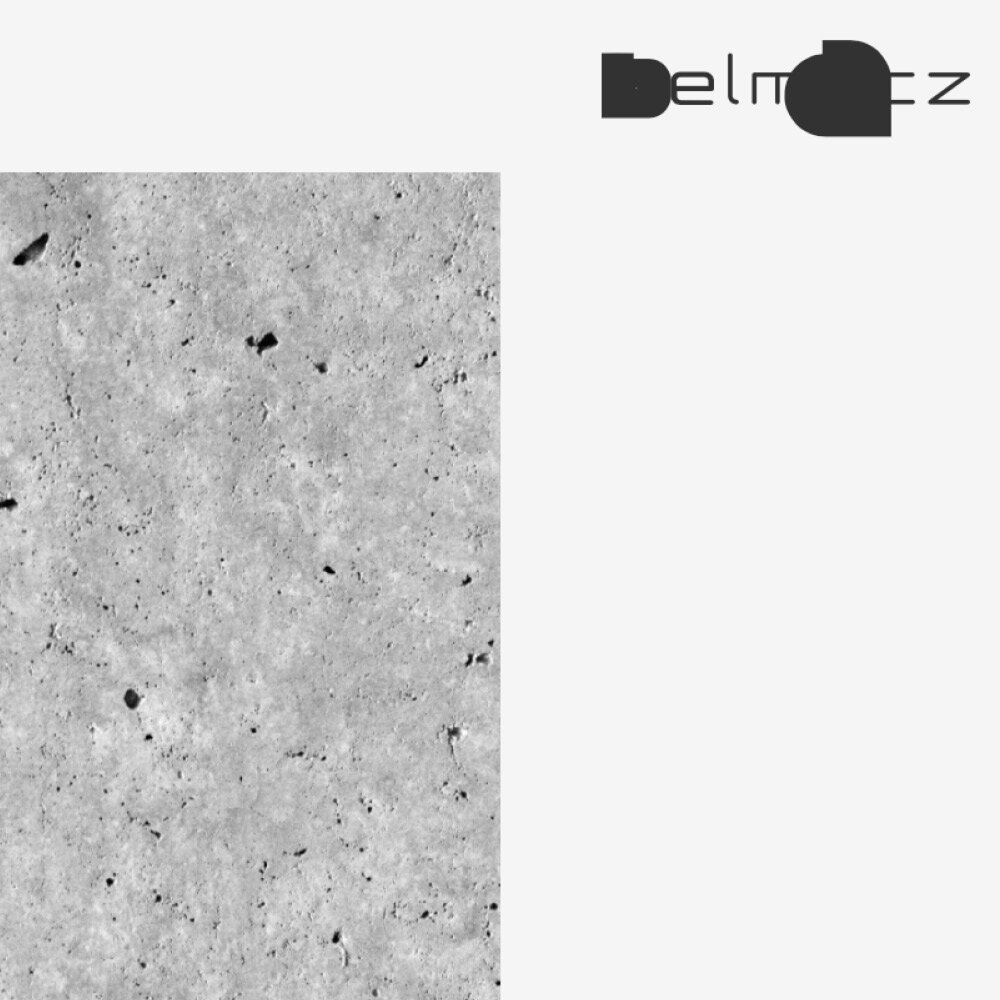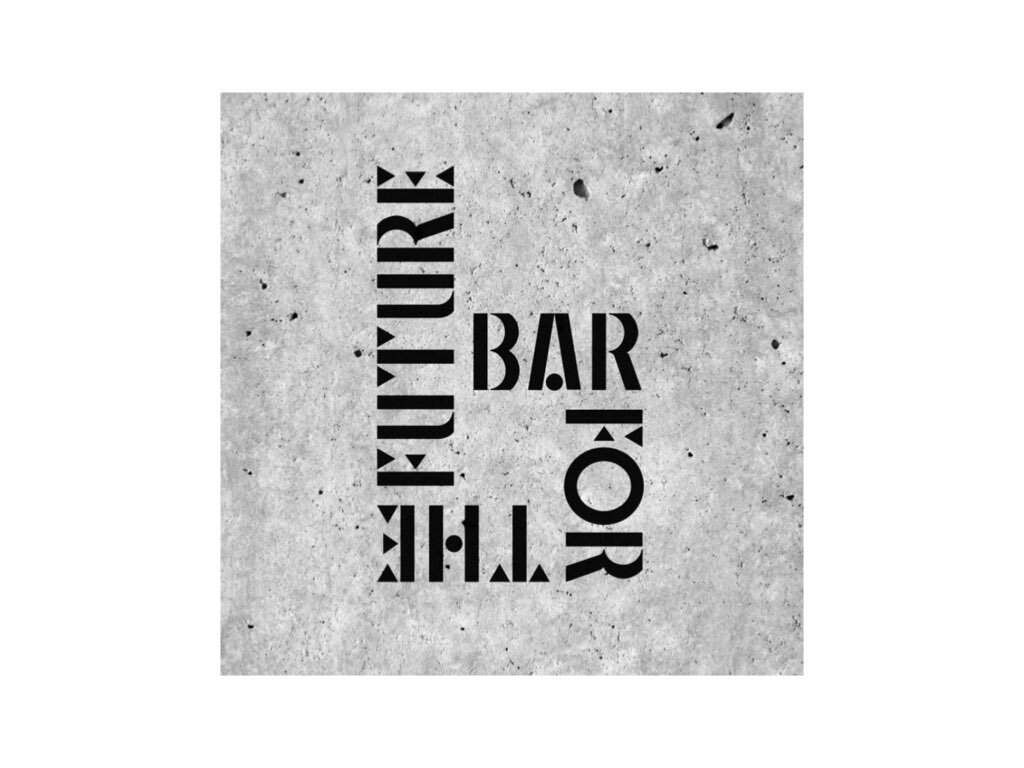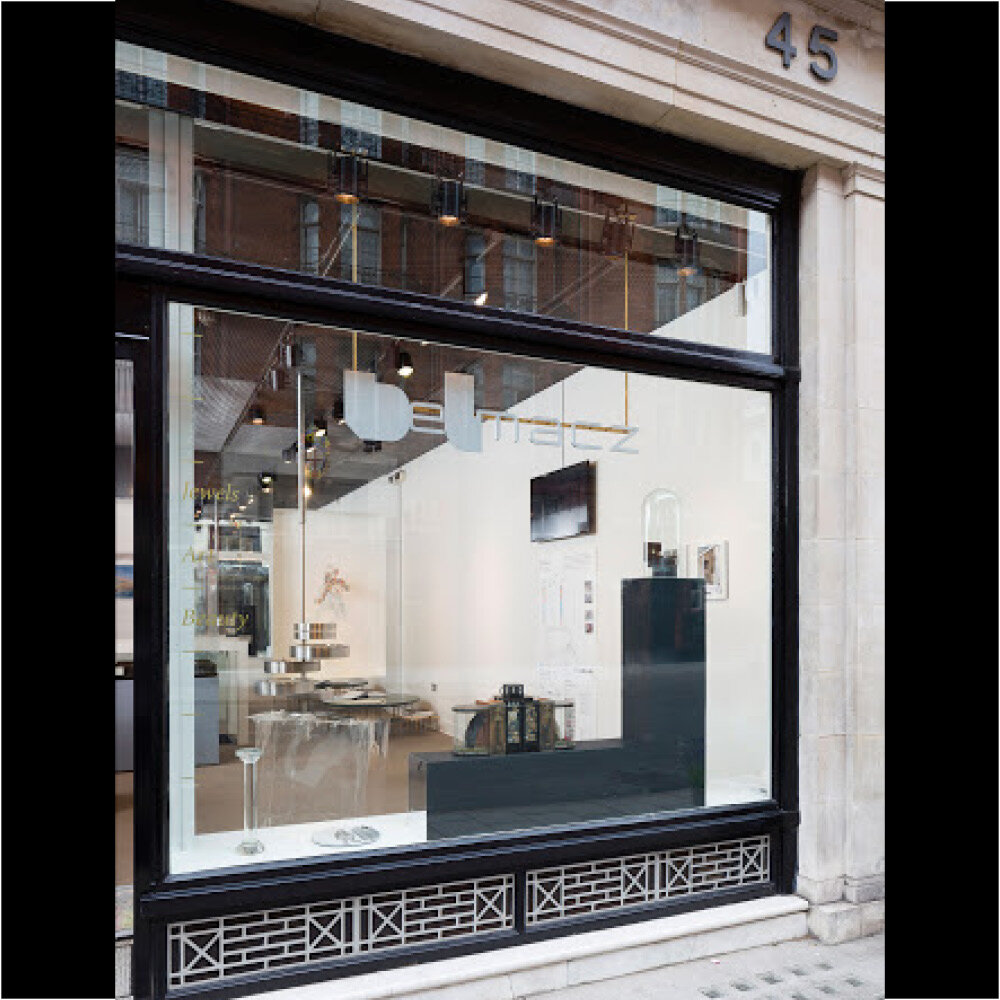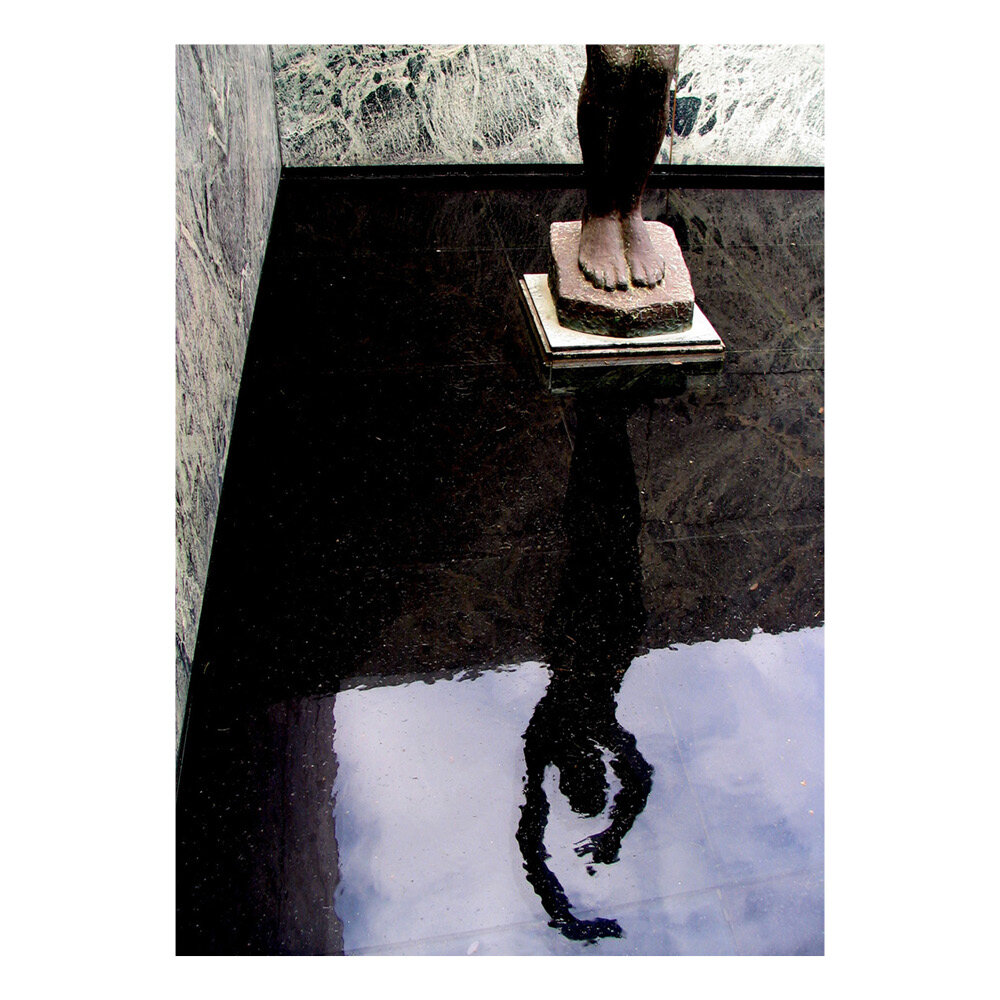BAR FOR THE FUTURE
Artist, Collective Exhibition
2014
“The utopia and dystopia of modern architecture makes us think about the realities of its creation, upheaval, confusion and disorder. This in mind, Belmacz new collective exhibition explores the cross-pollination of architectural possibilities; works and concepts from the last century to the present day.” Belmacz Gallery
As an architect, I understand buildings and places as a part of a process of conception, representation, and realization. As a photographer, I understand that after conception, representation, and realization, representation must be performed again; essence need be distilled and distributed for consumption via image.
We are a culture preoccupied with images; personal understanding and feelings of intimacy surrounding places – buildings and cities – are often achieved via the assimilation of received representation instead of physical experience.
The vast majority of the critics and theorists who fostered the notoriety of the Barcelona Pavilion never physically inhabited the original structure; their relationship with the Pavilion could be characterized as voyeuristic.
Designed by Mies van der Rohe and constructed for the 1929 International Exposition, the Pavilion was torn down six months after completion. It became established as an icon of modern architecture via representation, primarily photographic, many years after demolition. Architectural theorist Juan Pablo Bonta makes reference to the Pavilion as a canonical interpretation of a non-existent building. In 1986, the building was reconstructed in Barcelona.
The means by which the Pavilion achieved notoriety reinforced the power of the image and foreshadowed the contemporary voyeuristic means by which buildings and urban environments come to be understood through representation instead of experience. Images become masks of apparent reality, sometimes revealing and sometimes concealing.
“Buildings [and places / cities] are not always better than pictures show them to be, nor are they necessarily more significant than the theories that spring around them. It all depends.” Robin Evans
The images exhibited each reveal that which is typically concealed. Two subjects, of different scales, are juxtaposed: the Barcelona Pavilion and my apartment in New York City. In the first, entitled Reflecting Alba, taken at the reconstructed Barcelona Pavilion, the female form is revealed via abstraction. The ephemeral state of the form emphasizes the plight of the voyeur searching for experience in the absence of a direct relationship. My apartment, located in the SOHO area of New York, is the subject of the second image entitled Modular View. This image reveals a glimpse into my private space, a 500 square foot space retrofit with modular furniture and located within the city's dense urban fabric.
The images are exhibited framed and resting against the wall in the public space of the gallery. Figuratively, each image becomes a commodity, housed in the familiar form of a domestic frame, awaiting re-appropriation within the minds of those who inhabit our culture of images.
